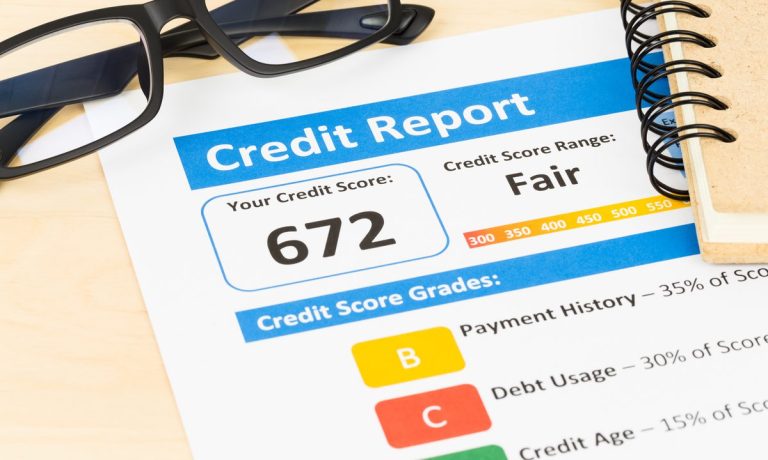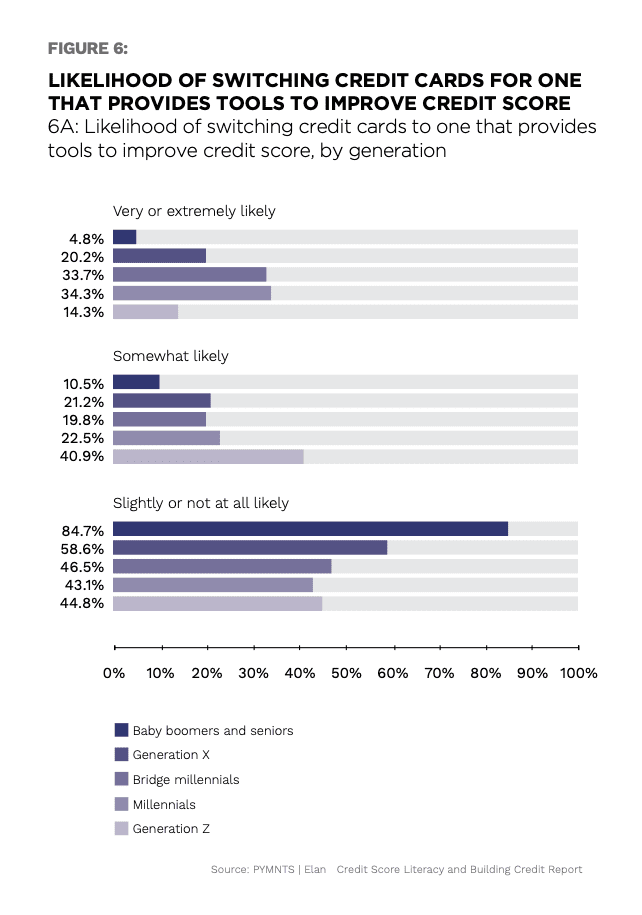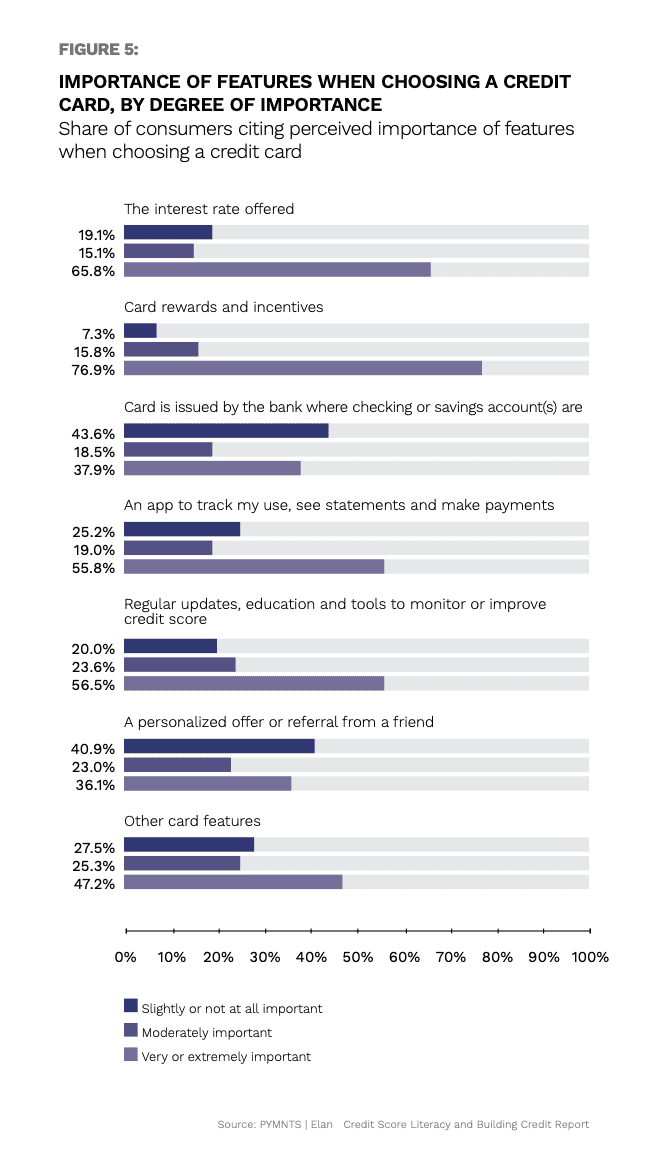
Credit scores took a reputational hit in the past year-plus as finances were warped by a mixture of unemployment, stimulus money, lockdown living and plain old fear. As a result, financial literacy and wellness are in the spotlight as new financial yardsticks are needed.
PYMNTS July 2021 Credit Score Literacy And Building Credit Report, a collaboration with Elan (a division of U.S. Bank) delves deep into the topic, surveying a census-balanced sample of over 2,050 consumers to plumb the depths of credit worthiness and attempts to keep it healthy.
Finding that 70 percent of surveyed consumers think their credit scores are “above average” while just 45 percent have scores over 751 — the above-average mark according to national credit reporting data — the study quickly identifies credit’s pressing perception problem.
Despite this, researchers also found widespread consumer support for efforts to improve credit scores and credit worthiness, stating 62 percent of consumers want to raise their scores, “including a 41 percent share who say they are ‘very’ or “’extremely’ interested in doing so,” and another 29 percent who are “very” or “extremely” concerned about their credit scores.
Millennials and bridge millennials are keen to seek credit score improvements, “as 57 percent and 58 percent, respectively, indicate that they are very interested in doing so.” They are taking a variety of actions to make this happen, including timely bill payment and low credit usage.

Choosing Wisely
Among strategies being employed by the most aggressive credit score builder is choice of credit cards. Key demographic groups see card choice as a primary way to improve credit health.
Observing that one-third of millennials and bridge millennials would be highly likely to switch to credit cards with credit score improvement tools, the new Credit Score Literacy And Building Credit Report states, “This rate is almost twice the corresponding share of consumers overall. In contrast, only 14 percent of Generation Z report being likely to switch, which could be attributed to members of that generation being students or just starting their careers and paths to financial health awareness and literacy” such as tracking apps to track and credit monitoring.
“A notable 57 percent of all respondents say that credit education and score monitoring tools are ‘very’ or ‘extremely’ important when choosing a credit card,” per the study.

Many Considering Switching Cards To Up Scores
A rising tide of credit score awareness is one byproduct of the pandemic that may not be so bad. More people treating credit scores with care strengthens their finances, and the system.
As the Credit Score Literacy And Building Credit Report states, “consumers struggling with their finances are very interested in credit card offerings with score improvement tools. Thirty percent of consumers with average or below average credit scores who are interested in improving their credit scores say they are very likely to switch to cards with these features, as would 43 percent of those living paycheck to paycheck and struggling to pay their bills, figures that contrast sharply with the corresponding share of all respondents, 18 percent.
On an interesting note, the new study concludes that “These services are just as compelling to consumers who pay their balances in full each month as they are to balance revolvers, with 18 percent of each group saying they would be highly likely to switch to cards with credit score management tools.”
